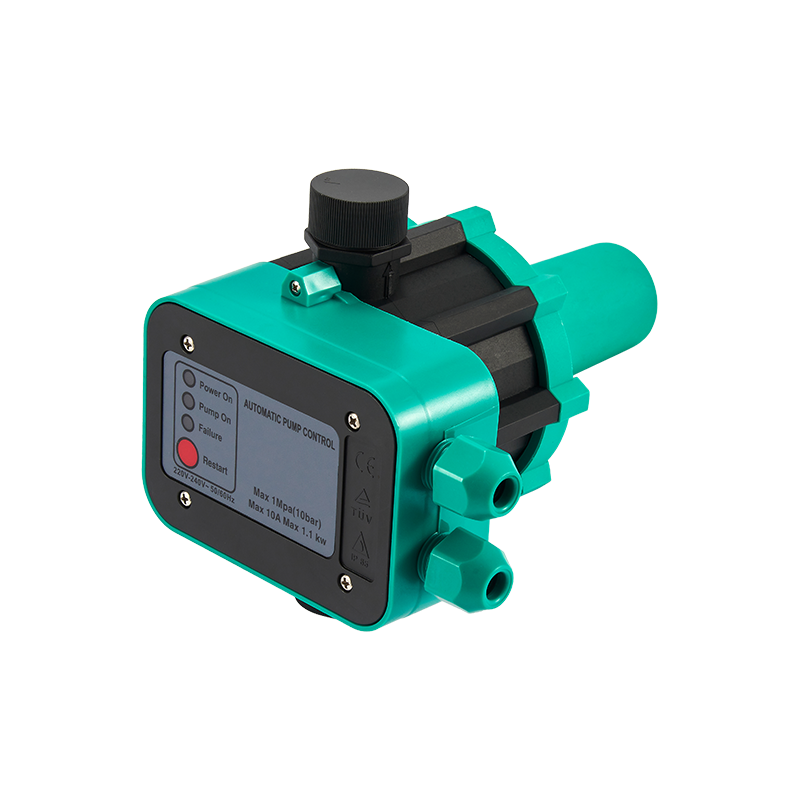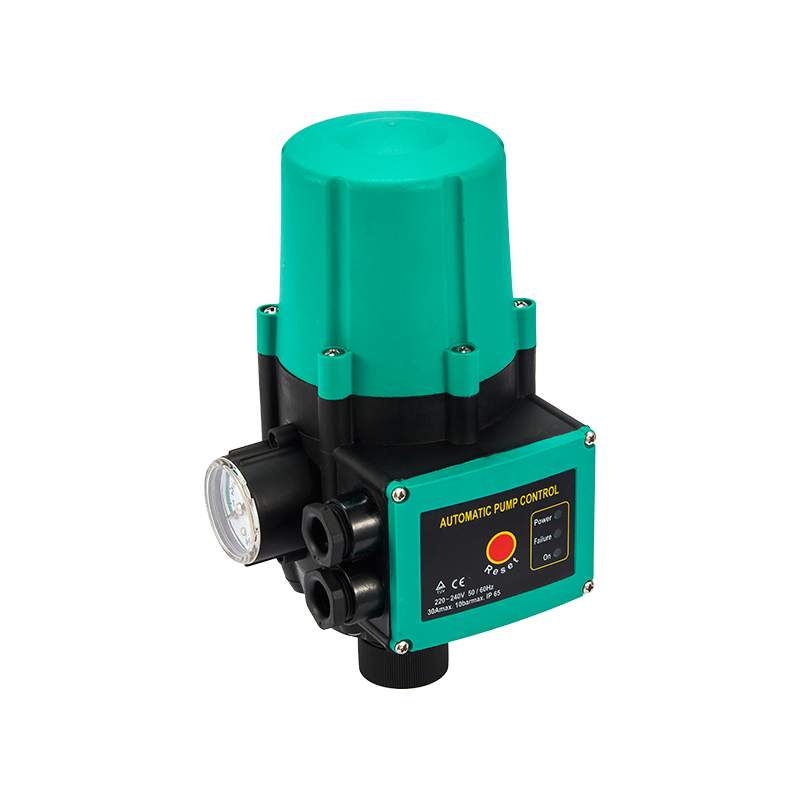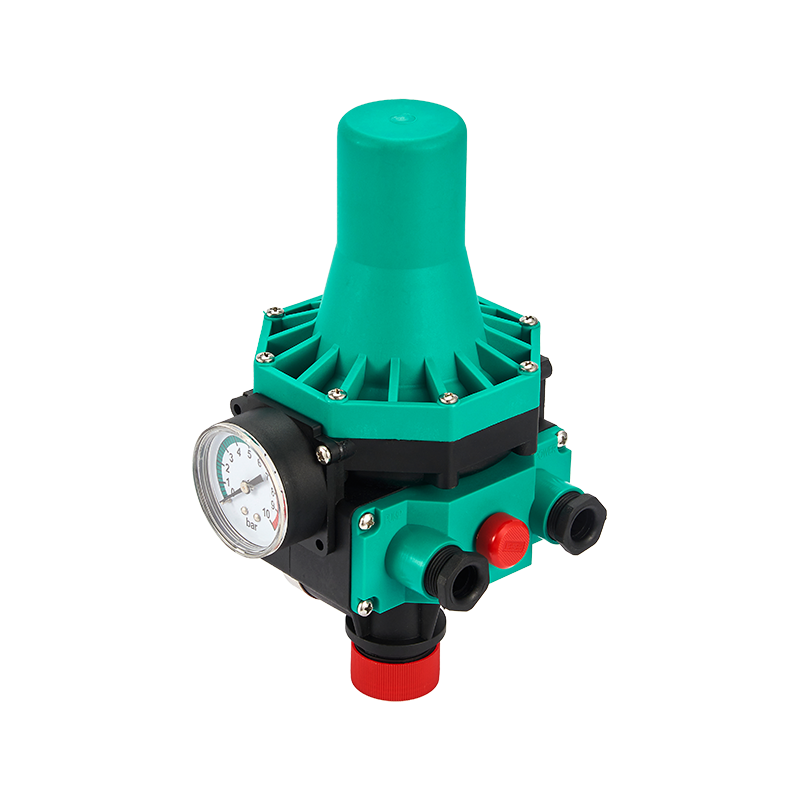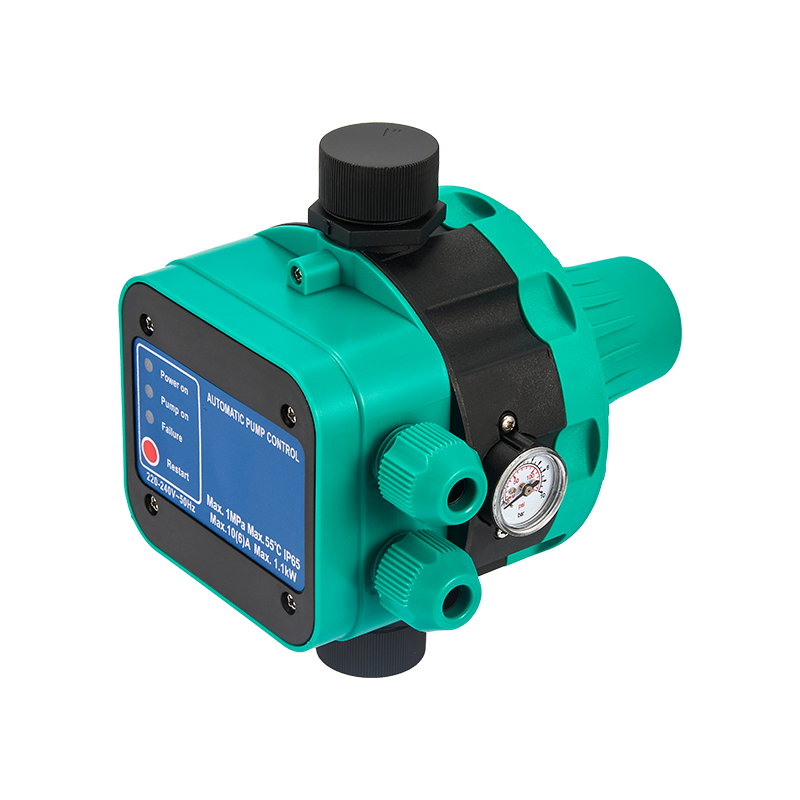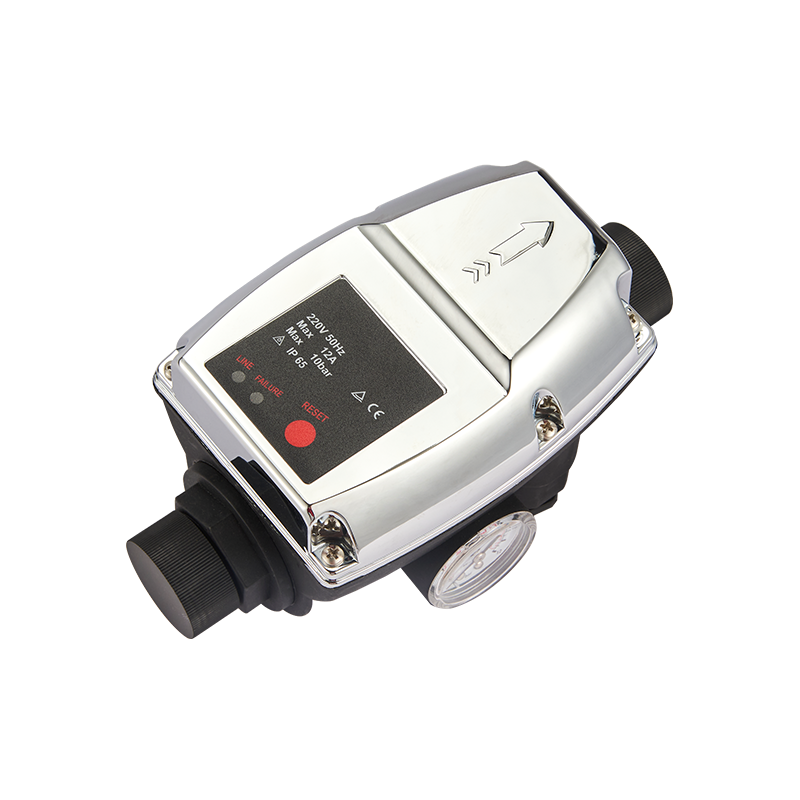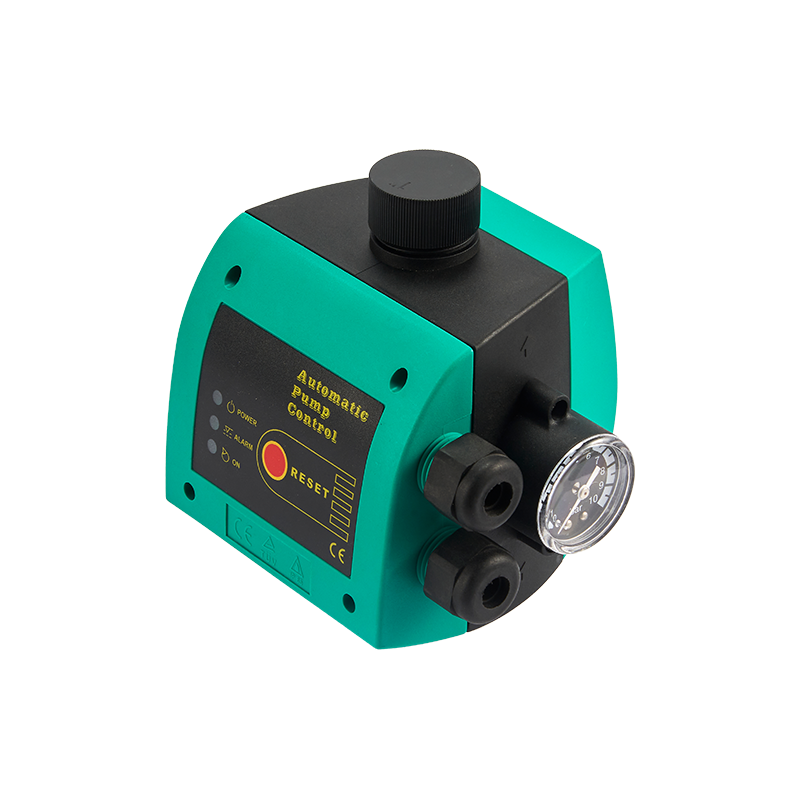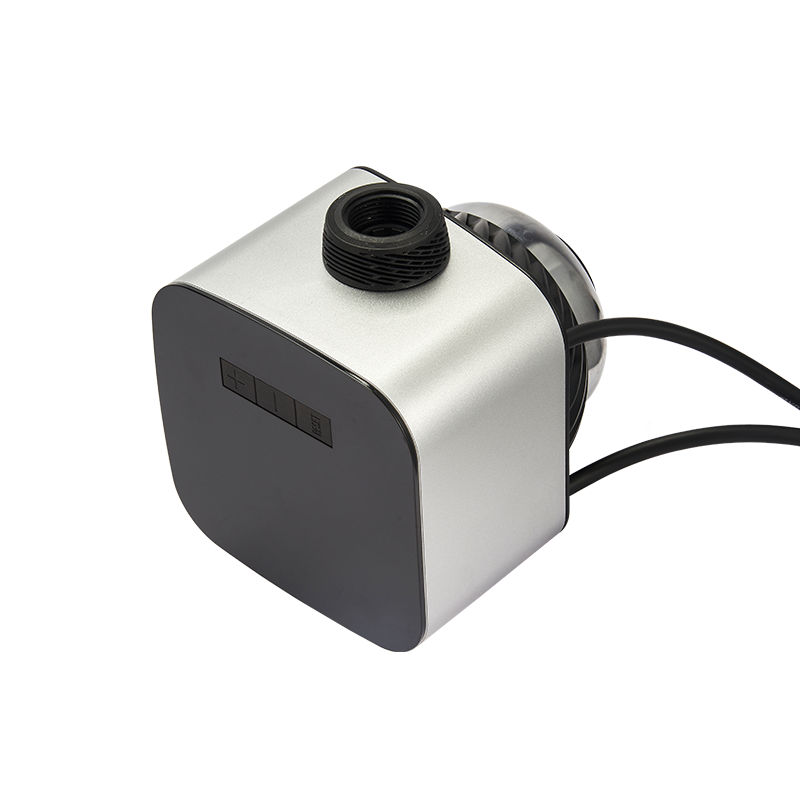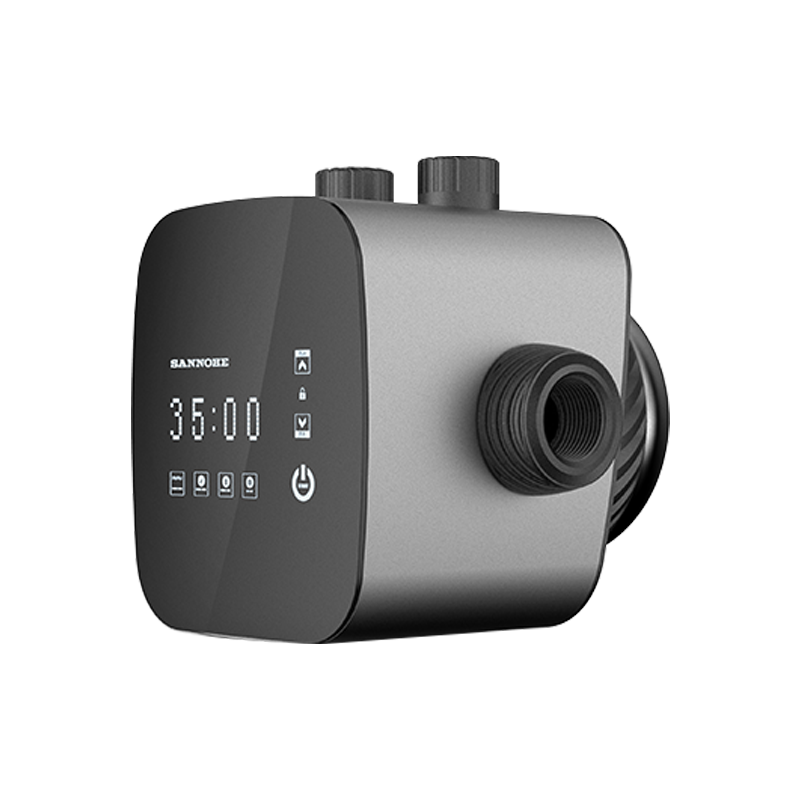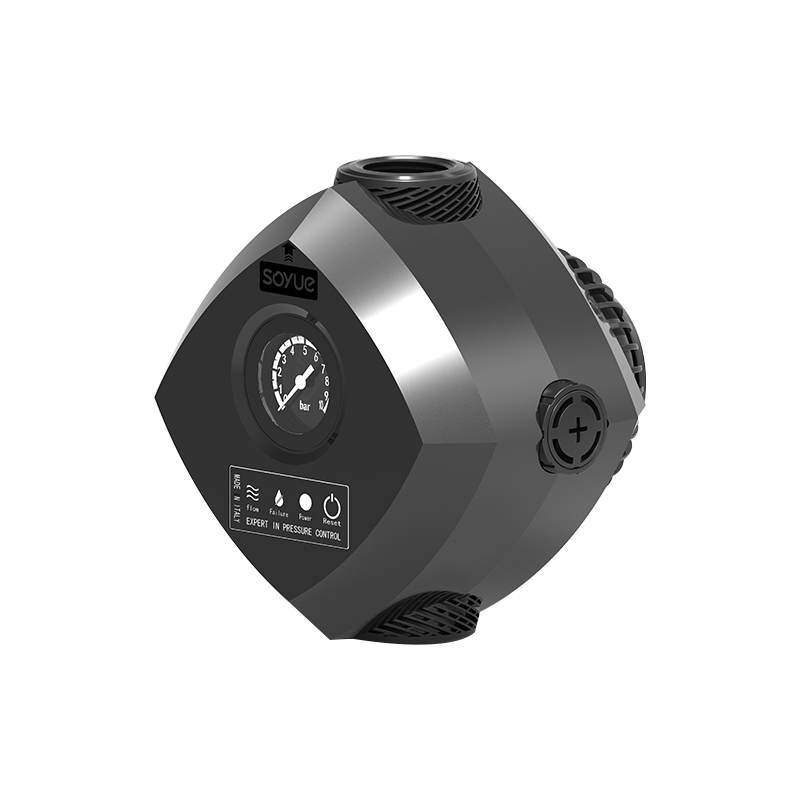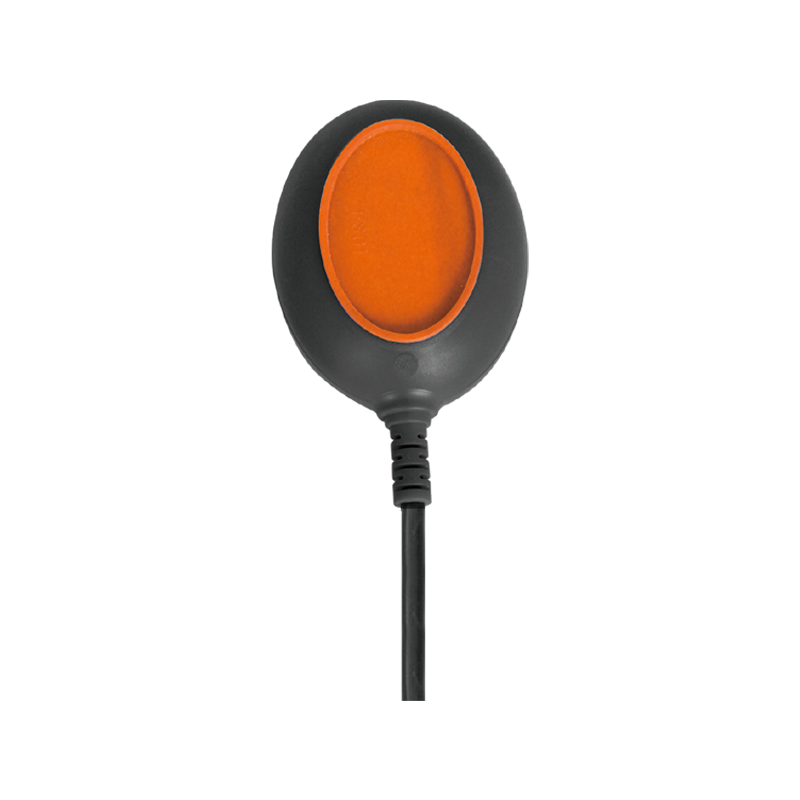Understanding Water Pump Float Switches
Water pump float switches are mechanisms designed to monitor and control water levels within a reservoir, tank, or sump. They consist of a float—a buoyant component that rises and falls with water levels—and a switch that activates or deactivates the pump based on these fluctuations.
Operation and Mechanism
The operation of
water pump float switches is simple yet effective. As water levels rise or fall, the float attached to the switch moves accordingly. When the water level reaches a predetermined point, the switch is triggered, activating or deactivating the pump, ensuring an appropriate water level is maintained.
Types of Float Switches
There are different types of float switches tailored to specific applications and environments. Vertical float switches operate in a vertical manner, moving up and down to trigger the switch. Horizontal float switches function horizontally, moving parallel to the water surface. Tethered float switches utilize a float attached to a flexible cord, offering versatility in adjusting activation levels.
Applications and Versatility
Residential Use: Sump Pumps and Wells
In residential settings, water pump float switches are commonly found in sump pumps, ensuring that water levels in basements or crawl spaces are maintained to prevent flooding. They are also used in well pumps, controlling water levels in water supply systems.
Industrial and Commercial Settings
In industrial and commercial environments, these switches play vital roles in managing water levels in tanks, reservoirs, and wastewater systems. They are integral to ensuring proper drainage, preventing overflow, and regulating water flow in various industrial processes.
Agricultural and Marine Applications
Water pump float switches find utility in agriculture for irrigation systems, maintaining desired water levels in fields and crops. In marine applications, they regulate bilge pumps on boats, preventing flooding and maintaining safe water levels.
Advantages and Benefits
Prevention of Overflow and Flooding
The primary advantage of water pump float switches lies in their ability to prevent overflow and flooding. By controlling pump activation based on water levels, these switches safeguard against potential water damage in residential and industrial settings.
Automated Water Level Management
These switches automate the process of managing water levels, eliminating the need for manual intervention. They ensure consistent and appropriate water levels without constant monitoring, enhancing efficiency and convenience.
Versatility and Adaptability
Water pump float switches come in various designs and configurations, allowing for versatility in different applications. Their adaptability to diverse environments makes them indispensable in managing water levels across various industries and settings.
Impact and Future Trends
The impact of water pump float switches is evident in their significant role in preventing water damage and efficiently managing water levels. Future trends may focus on advancements in sensor technology, improved durability, and integration with smart systems for remote monitoring and control.


